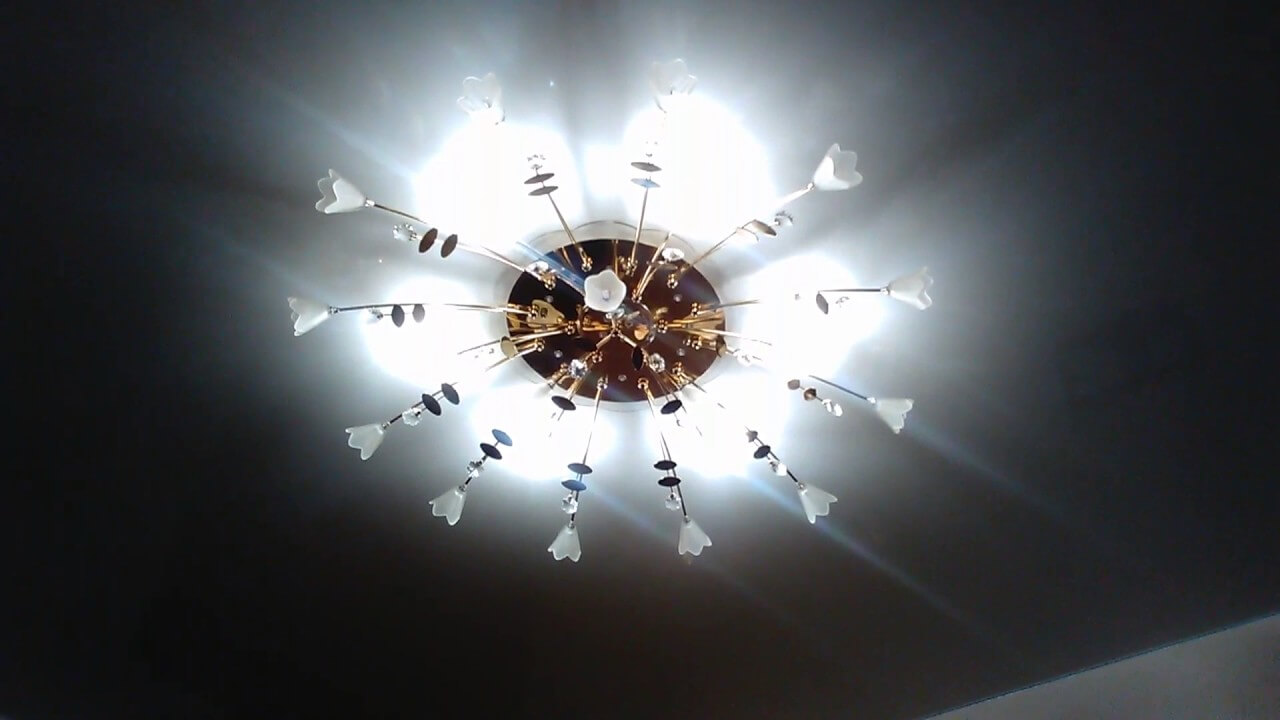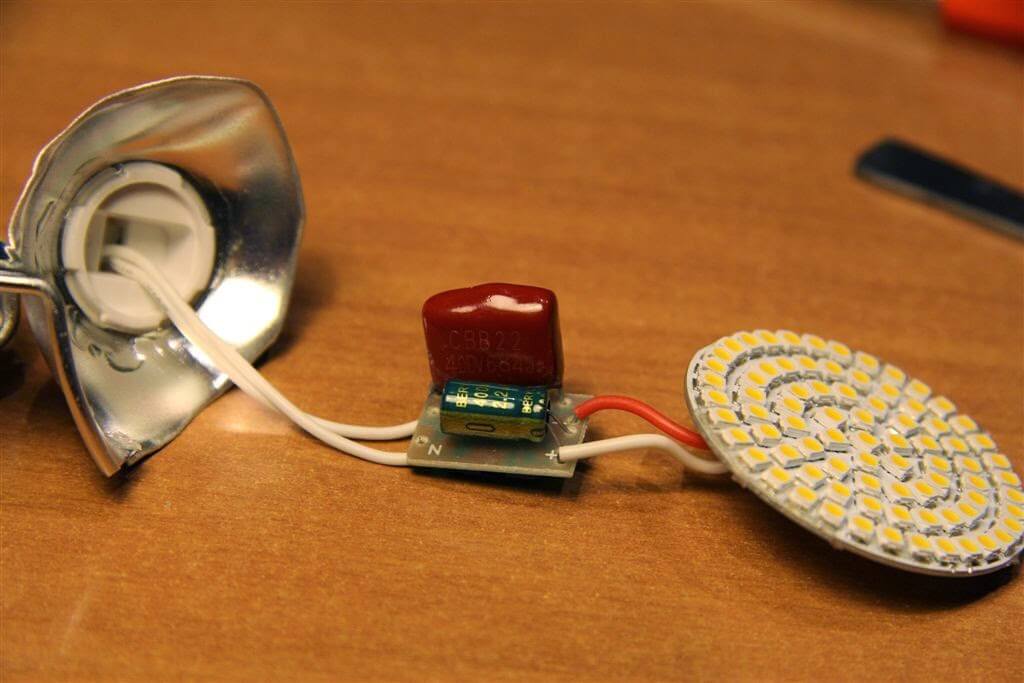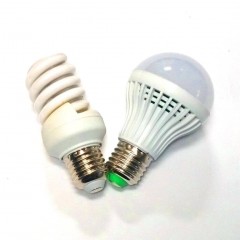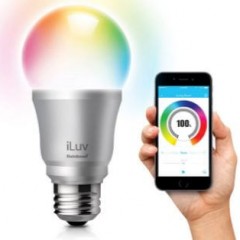What is ripple of LED lamps?
Causes of Flicker
Almost all lamps form a flicker effect. In order to decide how to fix this problem, it is important to know why the lamps are pulsing. The fact is that the frequency of flickering or pulsation is higher than the extreme fusion frequency of flickers, which the human eye does not directly perceive as a flickering light stream. Despite this, a negative effect affects the well-being of a person and causes increased fatigue. The more pulsation occurs, the greater the effect on the body: a headache begins, as well as rapid fatigue, which leads to a distraction of a person, and he can not focus on work.
Incandescent lamps produce the most intense flicker. Due to the fact that flickering fully depends on the power source itself, LED lamps have solved this problem by using a driver, due to which the voltage passes in the form of direct current. Nevertheless, not all manufacturers began to use high-quality drivers that can reduce the pulse level to the desired value. Therefore, the manufactured product has a low cost and at the same time poor quality.
Sometimes it happens that when you buy, the light shines well without flickering, but over time, flicker appears. This suggests that the quality of this product is low. Therefore, when buying, you need to pay attention to whether the ripple coefficient is indicated in the technical specifications. Accordingly, such a lighting device is more expensive.
Ripple Factor Details
The main cause of flicker is the ripple factor. This is a dimensionless quantity, which is expressed as a percentage and reflects the level of fluctuations in illumination with varying light flux. A light source is the foundation that connects to alternating current.
Thanks to the studies, it turned out that with a 10% pulsation coefficient, a stroboscopic effect appears, and it is an optical illusion. It appears due to incorrect perception of objects that are in motion. There are norms for the permissible value of the ripple coefficient. The value should be in the range from 5% to 20%, depending on the circumstances in which visual work occurs.
In those places where people are most located, the coefficient cannot exceed:
- Preschool institutions - 10%.
- Places where computers are located - 5%.
- Educational institutions - 10%.
- Places where precision work is carried out - 10%.
The ripple factor can occur at manufacturing enterprises, as well as in warehouse hangars, that is, in places where people can only be for a while, and where the possibility of a stroboscopic effect is excluded. However, the first factor can lead to a dangerous situation, for example, the rotation of the part may coincide with the flickering of the lamp. In such a situation, the part will seem to be in a fixed position, and because of this a dangerous situation may arise that will lead to work-related injuries.
Such standards were established recently, and only recently have they begun to tightly monitor their compliance. In most enterprises, as well as in educational institutions, lighting does not meet sanitary standards. Therefore, as a result of inspections, everyone began to improve the quality of lighting.
How to check ripple
It is important to know how to determine the ripple level in LED fixtures. This can be done using the coefficient discussed above. However, only if the LED lamps were connected to alternating current, taking into account the power supply circuit. The coefficient varies in the range of 1-30%, covers the entire range.
A measurement should be made to determine the ripple factor. When measuring, two factors must be taken into account:
- Since, at constant current, the coefficient is zero, and accordingly there is no flicker completely, the measurement should be carried out with alternating current.
- Verification or measurement should be carried out with special instruments, and not with a simple camera. It only fixes the fact of flicker, but does not calculate its value. Devices that can convert radiation should be used. For example, you can use a heart rate monitor-luxmeter or multi-channel radiometer, as well as other similar devices. For additional calculations, you can connect these devices to a computer, and use the program to do the calculation.
LEDs may flicker even when off. Such a phenomenon can be seen with the naked eye, and it causes discomfort in a person. However, they can blink when turned on, and visually this is not felt. Therefore, you should know what is harmful pulsation of LED lamps. Such blinking brings great harm, because it involuntarily affects the human body. If the light blinks at work, the person gets tired, he has a depressed state and insomnia, and of course this affects his eyesight.
The video below clearly shows how to measure the ripple of LED lamps from well-known manufacturers:
Unfortunately, manufacturers rarely provide information that shows ripple rates. But in order to check at home, you need to conduct tests that record the blinking itself. There are two ways to test this phenomenon.
- The easiest way to use a pencil. You only need to turn on the tested LED lamp and quickly wave a pencil in front of it. If you see a solid trace of a pencil, then everything is in order, however, if the trace breaks up into segments, it means that the pulses are inherent.
- You can also use the camera.The camera will not always be at hand, so you need to know how to check the phone, because most of them are equipped with a camera. So, the camera should be kept at a distance of 1 meter from the LED under test, if blinking is inherent, then there will be dark stripes on the screen.
The video below clearly shows how to determine the flickering of LED lamps during operation:
Ways to eliminate flicker
You should know how to get rid of the flickering of LED lamps. It is necessary to remove the old capacitor to another with a larger capacity. However, you need to choose a capacitor both in size and in the operating voltage of the old device. Of course you need to know how to eliminate the ripple, because in the board you need to find the capacitor itself, and be able to solder a new one. Nevertheless, this option will not always allow you to completely remove the problem, but you need to try various ways to deal with it.
There is another reason why flickering occurs when the LED lights are turned on - this is the use of dimmers to control the lighting. Unfortunately, not all LEDs can work with dimmers. Therefore, you need to use high-quality LED pads and read their characteristics before buying. More about why does the energy-saving lamp blink off, you can find out from our article.
Finally, we recommend watching a video that shows how to eliminate the pulsation of LED bulbs:
Another effective method for eliminating flickering is shown below:
Now you know what a ripple of LED lamps is, what are the causes of its occurrence and how to fix flicker with your own hands. We hope the information was useful and understandable for you.
We also recommend reading:









